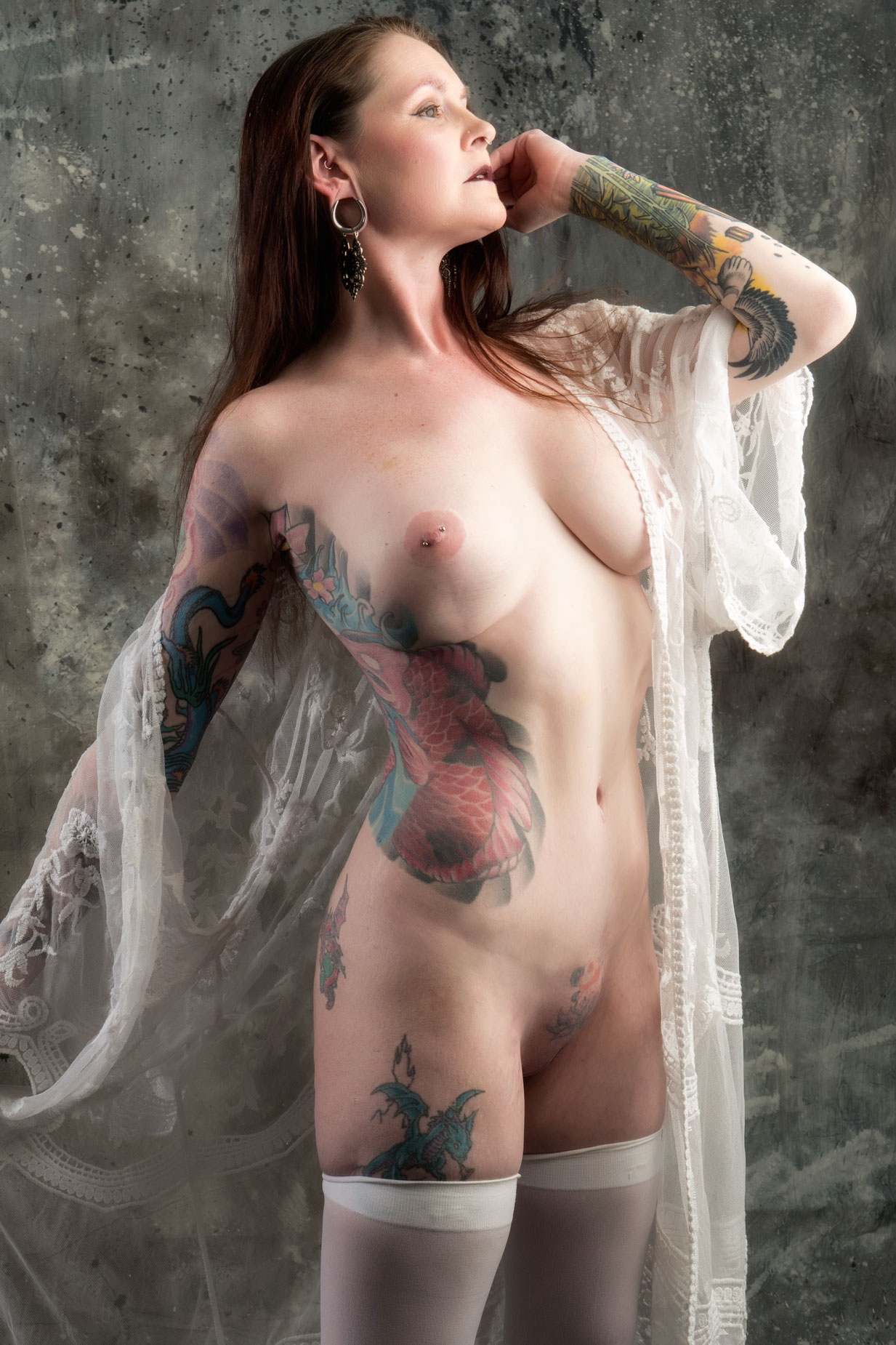Today’s Post by Blue Moon Staff
OMG I forgot to shoot RAW—Gina Milicia
First, let me start by telling you a story that explains where I was coming from as far as image capture is concerned. Several years ago, I was hired by a Canadian automobile magazine to photograph a Nissan Skyline for a feature story. The Art Director instructed me to, “just shoot JPEG’s for most of the photos but for any you think would make a good double-page spread, shoot them in RAW.” I did what he asked submitting mostly JPEG files but a bunch of RAW files for the double truck spreads. The photo he ultimately chose to be spread across two pages was one originally shot as a JPEG. So based on that real world experience I ignored what all the cool kids and pundits said to “shoot RAW” and continued shooting everything as JPEG.
 How and when did my conversion to RAW capture happen? It started with some Panasonic Lumix mirrorless cameras that I had converted for infrared capture by Life Pixel— a Lumix G6, G6 and GX1. All of them are what might politely be termed as megapixel-challenged. In order to squeeze the maximum image quality from any of them, I decided to capture all of my infrared images as RAW+JPEG files. Since the G5 and G6 are essentially monochrome cameras, I set them in Monochrome mode so that when I capture an image it’s saved as two files: a color RAW file and a black and white JPEG. The JPEG files shows me a real-time monochrome image in the EVF and on the preview screen but also give me an approximation of what my RAW file would look like after conversion to monochrome in postproduction image when viewing the images in Adobe Bridge.
How and when did my conversion to RAW capture happen? It started with some Panasonic Lumix mirrorless cameras that I had converted for infrared capture by Life Pixel— a Lumix G6, G6 and GX1. All of them are what might politely be termed as megapixel-challenged. In order to squeeze the maximum image quality from any of them, I decided to capture all of my infrared images as RAW+JPEG files. Since the G5 and G6 are essentially monochrome cameras, I set them in Monochrome mode so that when I capture an image it’s saved as two files: a color RAW file and a black and white JPEG. The JPEG files shows me a real-time monochrome image in the EVF and on the preview screen but also give me an approximation of what my RAW file would look like after conversion to monochrome in postproduction image when viewing the images in Adobe Bridge.
But There’s More
For some reason, I went through a phase—I’m always, it seems going through some kind of “a phase”—whenever I attended a group model shoot and would capture some my short, limited sessions with a particular model as direct monochrome JPEG files, often playing around with sepia and blue toning. I was so daring! But months, maybe years later I realized that was short sighted. I should have shot that image in color. That’s when I decided to shoot all of my infrared images as RAW+JPEG.
And then….
 …I started doing the same thing with my portrait and glamour images. That process produced a set of JPEG images that I gave to the models along with RAW files that would be retouched and processed to produce the final image. Color RAW files have so many more tones than a black and white JPEG, so they are easier to retouch, even if I planned to later convert the image to monochrome.
…I started doing the same thing with my portrait and glamour images. That process produced a set of JPEG images that I gave to the models along with RAW files that would be retouched and processed to produce the final image. Color RAW files have so many more tones than a black and white JPEG, so they are easier to retouch, even if I planned to later convert the image to monochrome.
While I now shoot everything in RAW not all of my camera’s RAW files will open in my copy of Adobe Camera RAW that’s part of Photoshop CS6, I often have to convert a camera’s RAW file into the DNG format using Adobe’s free Digital Negative Converter software. But it’s a workaround that I have to use to deal because of my “old” computers and software.
How I Made this Photograph:
Boudoir photography can be shot on-location or in the studio studio, if only for privacy reasons. This intimate portrait session with Scarlet Ana (Follow her in Instagram @scarlettkitty1) wearing a see-through lacy, white robe was made in my 11×15-foot home-based studio. The lighting setup for this portrait consisted of two Paul C Buff DigiBee DB800’s and one Alien Bee B800 monolight. The main DigiBee DB800 was placed at camera right and had a 37x27x12inch Plume Ltd. Wafer soft box attached. An Alien Bee B800 with an 16 x 30-inch Westcott Apollo Strip soft box was located at camera left. Another DigiBee DB800 with a Paul C Buff 18-OMNI Reflector attached, softened by a triple-layer Diffusion Sock, was located at camera left and placed neat the back corner of my home studio.
The camera used was a Panasonic Lumix GH4 with a Lumix G Vario 14-45mm f/3.5-5.6 lens (at 23mm) with an exposure of 1/125 sec at f/10 and ISO 200. The background was a hand painted Carbonite muslin from Silverlake Photo Accessories.
